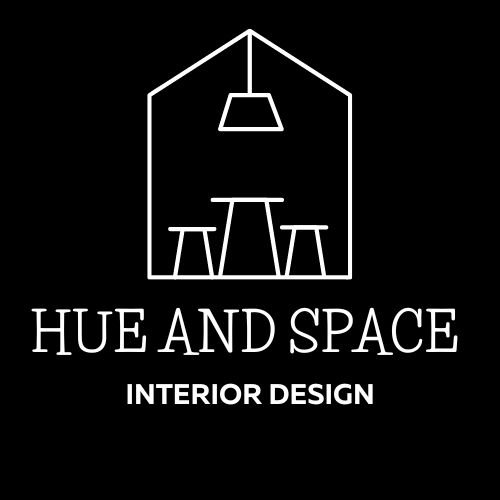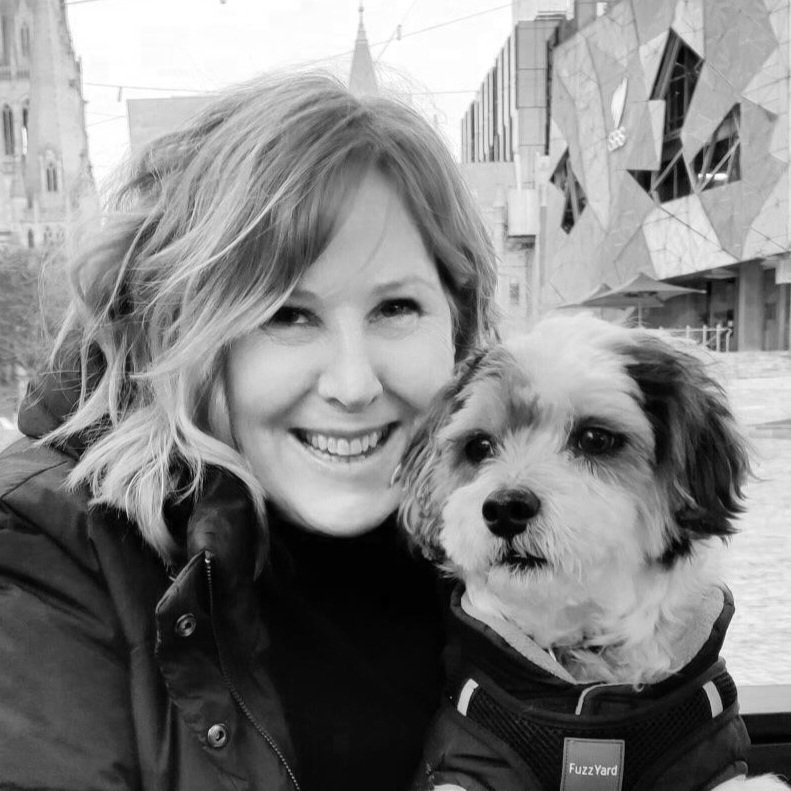Why are we called Hue and Space?
In colour theory, hue, saturation and value (brightness) are the three primary attributes of colour. When you look at a colour wheel, the colours you see are also described as “hues”.
In architecture and design, "space" refers to the arrangement and layout of physical areas.
Hue and Space are two fundamental elements in interior design because they profoundly impact a space's aesthetics, functionality, and emotional power.
We believe that thoughtful space planning and skilful use of colour can transform anywhere into a beautiful and functional space for its occupants.
My name is Jan Lynch, and I’m an interior designer.
I studied Interior Design and Decoration at Mercer (Collarts), starting Hue and Space around that same time. My goal was always to share my passion and transform as many spaces as possible. Finding innovative solutions to spatial and design challenges and thinking creatively to solve problems makes me happy. To me, positively impacting people's lives by enhancing their living or working spaces is a win-win. Improving the functionality and beauty of a home makes me happy, and in turn, if that influences my clients’ well-being and feelings of happiness, then I’ve achieved my goal.
At Hue and Space, we pride ourselves on being able to incorporate our client’s favourite pieces into their design. No white boxes, no styling for sale.
Individual, bespoke spaces that are created for real people to live in,
4 reasons why I became an Interior Designer
I can sense when a space isn’t quite right.
I recognise immediately when furniture placement and flow through and around a room isn’t working. I naturally understand where furniture should be placed, and I’ve always had that ability. Studying Interior Design gave me the theory to support my instincts, and now I can share that knowledge with others.
I’m a puzzle addict.
Interior design involves solving practical challenges related to space utilisation. There’s careful planning and design to consider to allow a space to meet its intended purpose best. I love to find the balance between functionality, aesthetics, and efficiency to create practical and enjoyable spaces.
I want to make people happy.
Well-designed spaces can significantly impact our well-being, productivity, and overall quality of life. As an interior designer, I have the ability to create environments that promote comfort, functionality, and harmony. Seeing the faces of clients when a space makes them happy is amazing.
Relationships are important to me.
Building strong relationships with clients is a crucial aspect of my interior design approach. I enjoy collaborating to bring a client’s vision to life. Witnessing the transformation of a space I've designed and seeing its positive impact on the people who use it can be deeply gratifying and provide me with a strong sense of accomplishment.

